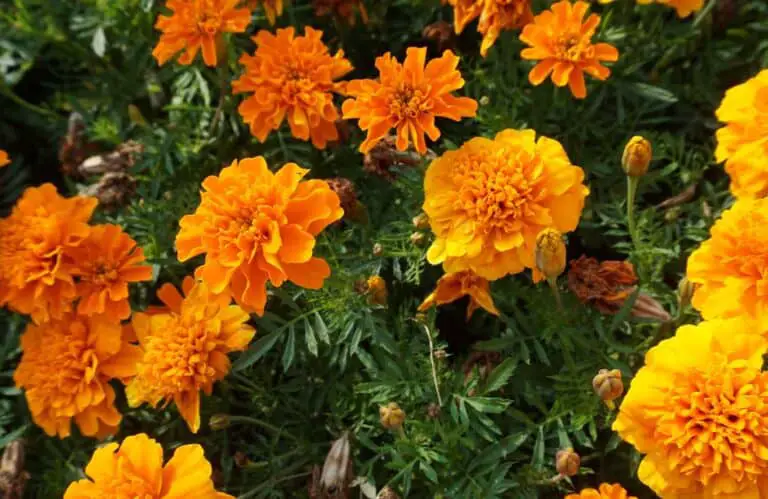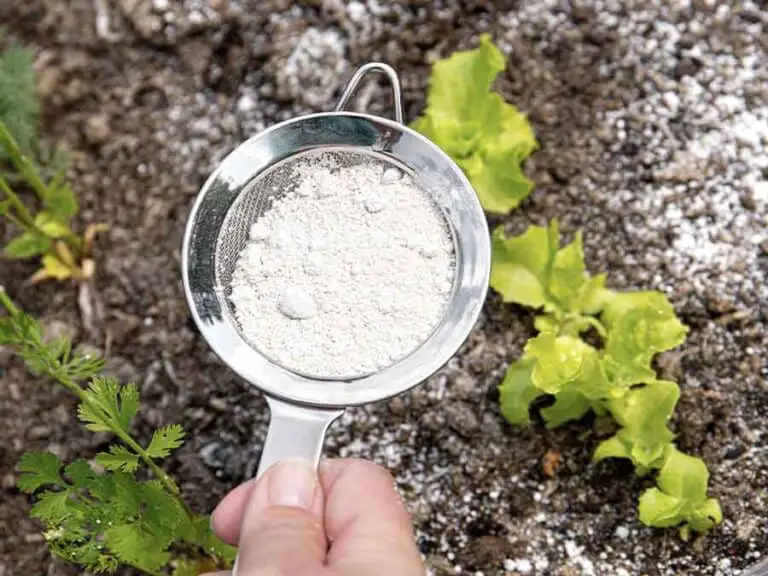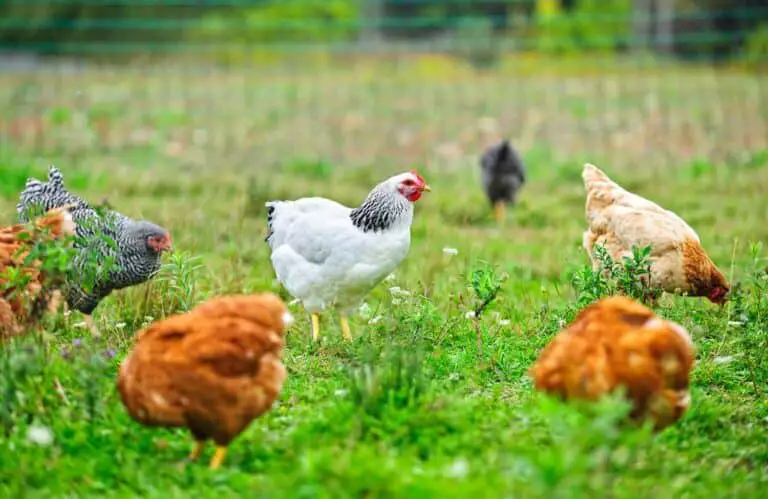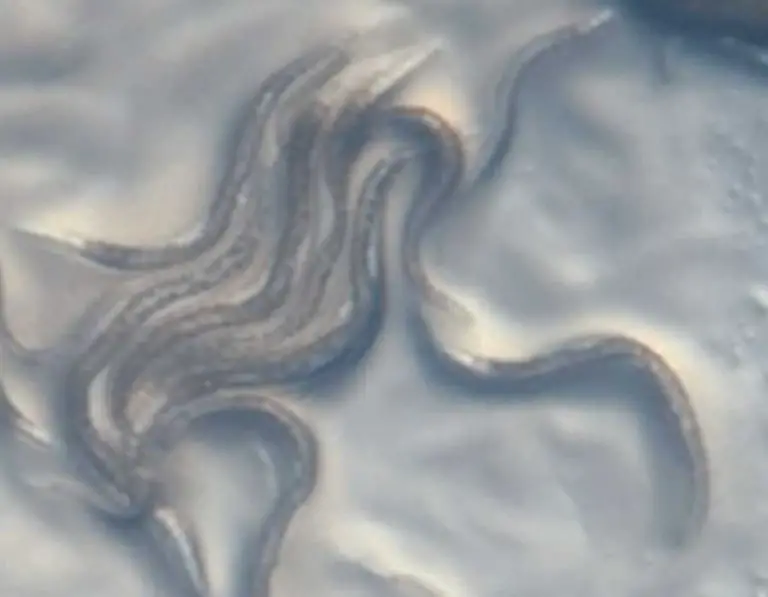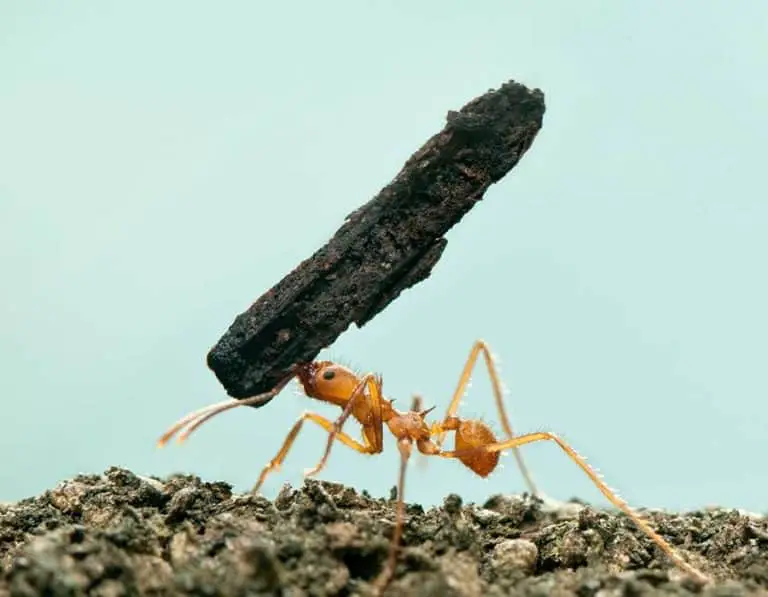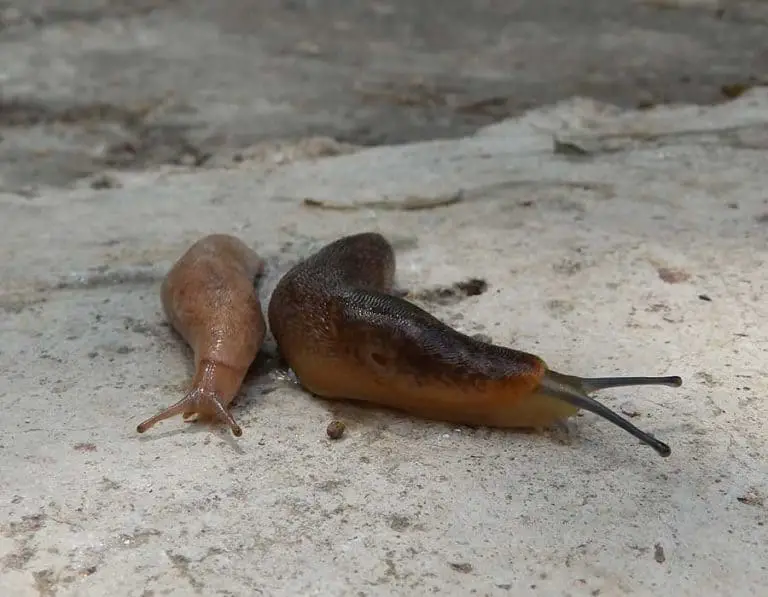Do Slugs Eat Each Other (The Answer May Surprise You)
A slug’s diet largely consists of plant materials, such as fruits, vegetables and flowers. However, some slugs may also eat smaller slugs or dead animals if they become available as food sources.
Slugs have sharp teeth that they use to chew through plants and other materials. Because of this, they can also eat other slugs, although they typically do not consume them as a primary food source. In fact, when two species of slug fight against one another, it is usually just a territorial dispute between males and rarely ends in cannibalism.
Slugs are also known to scavenge on dead animals if they come across them. They are not strictly carnivorous but will feed on other animals when the opportunity arises. As a result, there have been cases where slugs have fed on other dead slugs or small amphibians that have died in their vicinity.
Some Species Are Predatory Carnivores
The majority of slug species are generalist herbivores, although others are predatory and carnivorous. One of these species, the leopard slug, feeds on other slugs, snails, and other tiny creatures.
Other types of sea slugs, like the Spanish Dancer, prey on invertebrates like jellyfish and coral.
Algae and plankton may also be a part of a saltwater environment resident’s diet. Due to their ability to regulate the numbers of other species, these predatory slugs are crucial components of their local ecosystems.
Do Slugs Actually Eat One Another?
Slugs have been known to consume one another, however, this is up for discussion. Some sources indicate that slugs only consume other slugs when food is in short supply, while others assert that this is a common practice.
It’s crucial to think about the slug’s activity and nutrition in order to comprehend the answer.
Slugs may eat a range of items, including other slugs, cat food, and dung since they are omnivores.
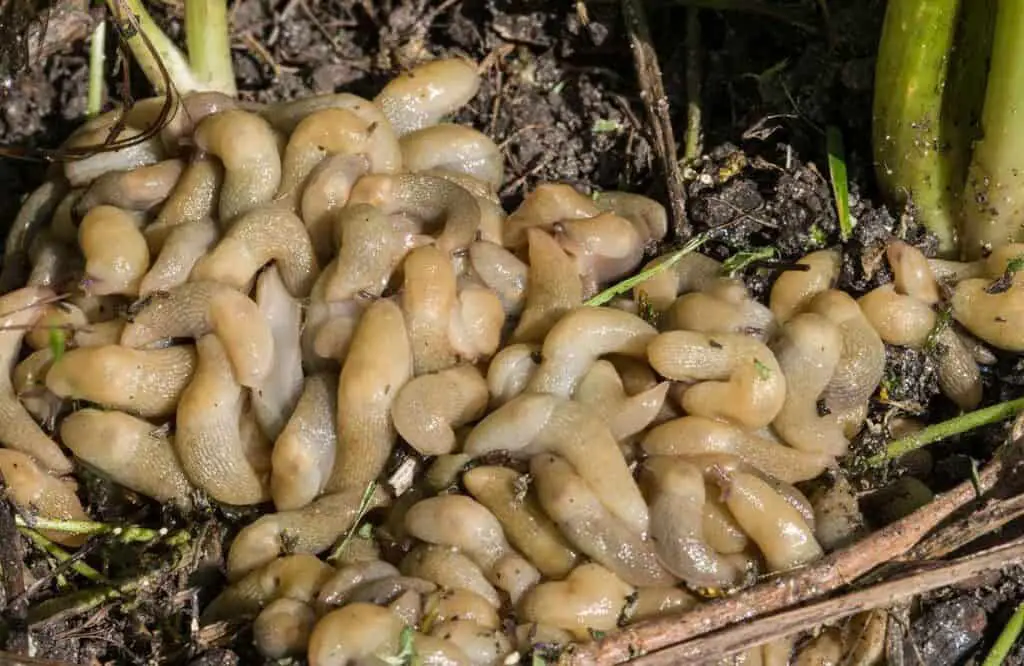
Although they may consume whatever animal remains they come upon, they mostly prefer to eat plants. If they have an excessively large population, they may seriously harm garden plants.
However, compared to species that are solely herbivorous, those that are carnivorous or even predatory are more likely to prey on other slugs.
Diet and Behaviour of Slugs
Slugs aren’t just the slow-moving, slimy garden pests that people often imagine them to be.
These tiny mollusks exhibit a startling range of behaviors, including cannibalism, and a surprising variety of dietary preferences. Slugs consume a wide range of foods, including plants, fungus, dead animals, cat food, and even human waste.
They sometimes may consume other slugs as well. While there is proof that certain slug species do actually consume other slugs, researchers are still trying to determine the precise reason why this happens and what effects it has.
Whether or not slugs resort to cannibalism as a means of subsistence may depend on a variety of factors, including the availability of food, rivalry with other slugs, and population density.
To fully comprehend this interesting organism, further investigation into the ecology and behavior of slugs is required.
Evidence of Cannibalism in Slugs
Slug cannibalism is well-documented and not difficult to discover, they eat a wide array of food. Slugs have been seen to consume cat food, human waste, and even dead mice.
However, they are also capable of consuming just their own kind. Some slug species have been seen to consume other slugs that are smaller than themselves or that they perceive as a danger.
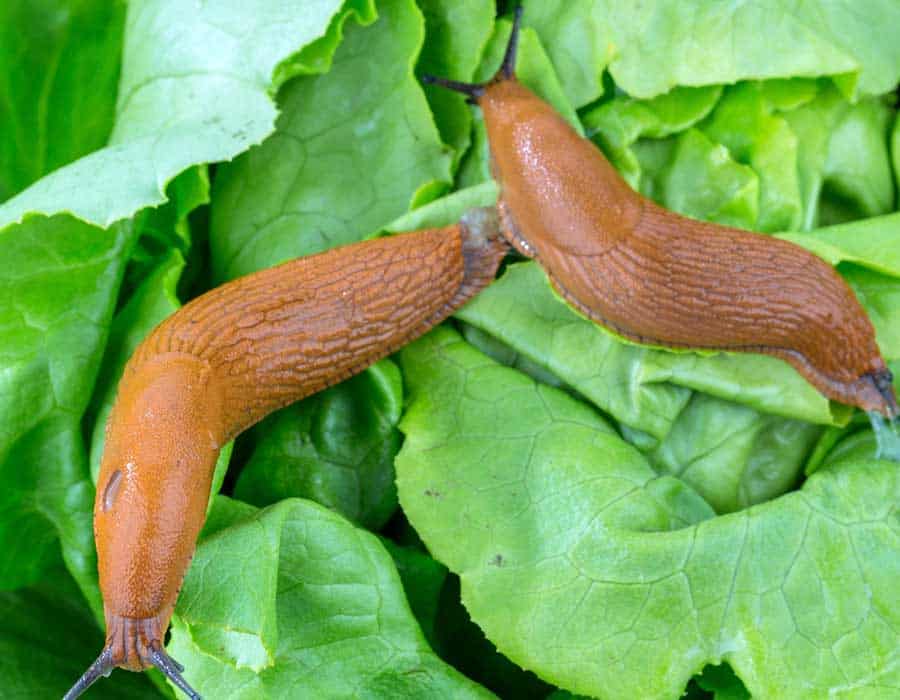
The Spanish slug, which is connected to the common red slug, exhibits this behavior the most often (Arion rufus). Even in the less frequent Arion rufus, it has been seen. Spanish slugs have been documented engaging in cannibalism as well as devouring other creatures like mice and frogs.
Due to their proclivity to consume other members of their own species, these slugs have earned the moniker “cannibal slug.” It’s crucial to remember that other slug species are also capable of devouring other slugs or animals, thus this behavior is not exclusive to the Spanish slug.
Slugs’ Methods for Finding Food
Slugs hunt at night or on overcast days since they are nocturnal animals. In order to obtain food that is beyond their immediate grasp, they can also extend to a length of around twenty times their own.
The slime trails left by other slugs are followed by carnivorous slugs searching for prey, and slugs searching for a mate may determine if the slime belongs to the same species.
Slugs seriously harm our plants by eating almost forty times their own weight in a single day. It might be useful to know how slugs hunt for food so that we can take precautions to defend our plants from these roving eaters.
A slug’s diet may be influenced by variables including food availability and competition with other slugs.
Slugs are opportunistic feeders, and the availability of food sources has a significant impact on their diet.
Slugs consume rotting waste, plant detritus, fungus, earthworms, plant leaves, stems, and roots, as well as cat food. Competition with other slugs might also have an impact on their nutrition. Slugs often resort to cannibalism to live in times of shortage or when they are packed together.
Although slugs don’t often engage in cannibalism, there is evidence that certain species do.
Studies or Direct Observations Showing Slugs Consuming Other Slugs
Although there is proof that slugs consume other slugs, when and why this happens are yet unknown.
Several investigations and observations have shown cases of slug cannibalism. In one investigation, slugs were seen being attacked and eaten by snails in a lab setting (Chatfield 1976).
In a different investigation, it was discovered that when fed live slugs as food, snails ate them.
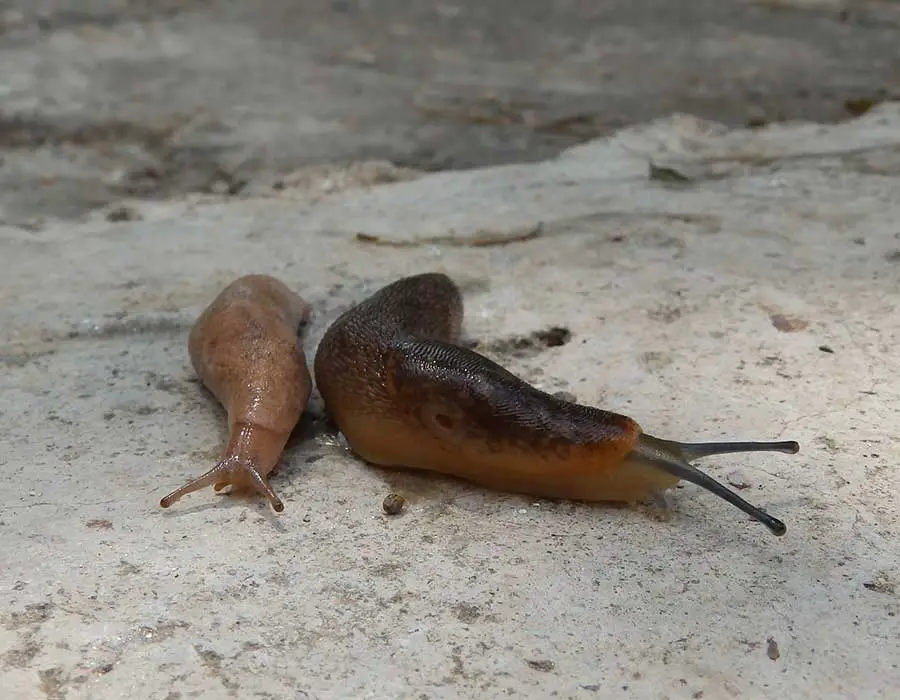
This implies that under certain circumstances, some slug species engage in cannibalism. To fully comprehend the function of cannibalism in slug populations and its possible effects on the ecology, further study is necessary.
Some slugs may be more prone to consume other slugs due to factors like population density and food shortage.
One of the elements that could make certain slugs more prone to consume other slugs is population density. The battle for food and resources increases as the population of slugs increases.
Some slugs may turn to cannibalism in order to live when food is in short supply. In species that are already used to consuming other creatures, like Deroceras reticulatum, this behavior is more prevalent.
In addition, the presence of other slugs may exacerbate hostility and promote rivalry among individuals, which might result in cannibalism. Due to certain slug species consuming more food than their own body weight in a single night, food shortage may also be a problem. It is not unexpected that some slugs could turn to devouring other slugs in order to live under these circumstances.
Slug Cannibalism’s Possible Effects on Slug Populations and the Ecology
Slug cannibalism may have a significant effect on ecosystem health and slug numbers. In rare instances, cannibalism may assist control and lower slug populations, resulting in fewer plant damages from slugs.
However, in other instances, cannibalism may result in drastic population decreases or even extinction. Cannibalism may also cause slugs to compete with one another for resources like food and shelter, which might leave fewer resources for other species in the environment. In order to safeguard slug populations and the environment, it is crucial to understand the variables that affect slug cannibalism.
The Need for More Slug Behaviour and Ecological Research
Slugs play a significant role in the global environment, and more study is needed to understand their ecology and behavior. Slugs have been shown to devour one another, but additional study is required to determine the degree of this cannibalism and how it may impact slug population dynamics.
Additionally, more study is required to comprehend the variables that affect a slug’s diet, such as food availability and slug competition, as well as how these variables may change depending on the environment.
For us to successfully manage and safeguard these intriguing animals, it is imperative that we comprehend slug behavior as well as its functions within the environment.
Do Slugs Eat Their Mates?
In some cases, slugs may consume their mates or other conspecifics during the mating process. The male slugs of species such as Limax Maximus, Deroceras reticulatum, and Arion vulgaris have been known to consume female slugs during copulation. In these cases, when a male is unable to fertilize a female, it may resort to cannibalism as a way of gaining the nutrition lost.
This type of behavior has been observed in many species across the animal kingdom and is known as sexual cannibalism.
The only recorded instance of sexual cannibalism in slugs was seen among the Arion vulgaris species; however, further research is needed to determine if it is a more widespread phenomenon among slugs.

